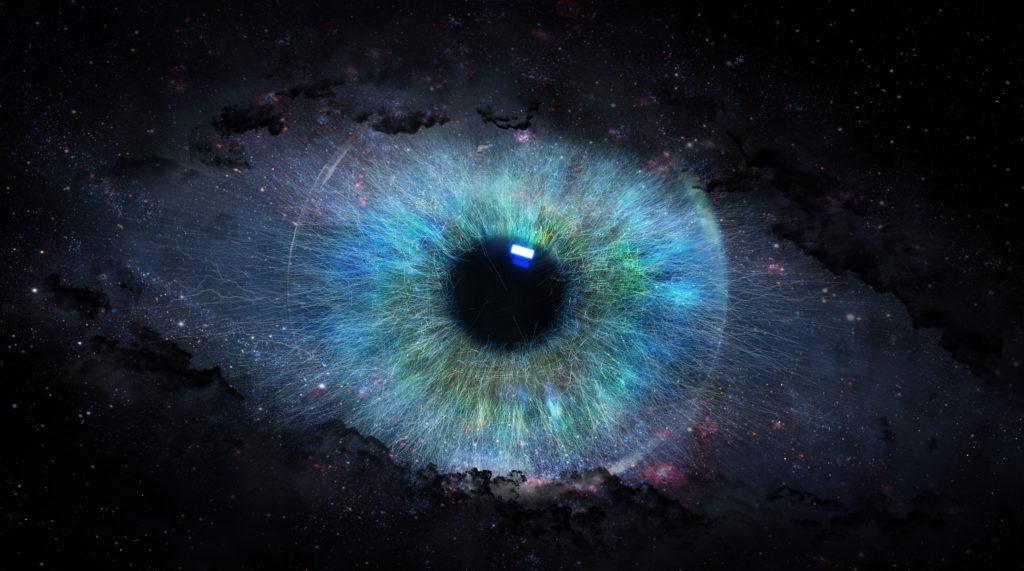
Psychedelic drugs have long been associated with temporary alterations in perception. These changes include, but are not limited to, auditory, visual, and sensory distortions or hallucinations, alterations in body image, and modifications in one’s sense of time. Although early studies are often overlooked due to recent advances in scientific methods and technologies, valuable research was conducted on the physiological changes that psychedelics produce at the visual, auditory, and sensory levels and how these are associated with phenomenological changes in perception.
In a recent review article, Aday et al. provide a novel synthesis of scientific literature drawn from the first era (1895-1975) of psychedelic research.1 While the early research was predominantly concerned with changes in visual perception, there was also research conducted on auditory processing, changes in body schema and tactile processing, and alterations in the perception of time. The following article summarizes Aday et. al.’s review of psychedelics’ effects on visual perception by drawing out some of its key findings and areas where further research is needed.
Physiological Changes in Vision
Upon reviewing the first era of studies, Aday et al. suggest that there remains a longstanding debate that has heretofore fallen by the wayside over whether psychedelic-induced changes in visual perception stem from alterations in the brain versus the peripheral eye. On the one hand, early animal studies from the 1950s and 1960s exhibited elevated levels of LSD found in the iris of monkeys.2 Additional research from this period found that LSD produced spontaneous firing in the sclera, visual cortices, and optic nerves of cats,3 leading some to hypothesize that changes in visual perception may stem from physiological changes in the retina and peripheral eye.
On the other hand, research conducted between the 1950s and 1970s suggests that changes in visual perception may instead stem from the brain insofar as studies on both blind individuals and in animal models exhibit neurological changes at the cortical and subcortical levels of the visual system.4–8
Despite this era of research being technologically limited to electroencephalography (EEG), notable findings show that changes in cortical activity are more pronounced than changes in the lateral geniculate nucleus (LGN) under the effects of psychedelics.9 This hypothesis is not only thought to be consistent with contemporary claims which posit that the effects of psychedelics are primarily exerted through the 5-HT2A receptors,10 but it also lends credence to the idea that modifications in brain activity are more pertinent, robust, and dynamic than those located in the peripheral eye and the retina. Given certain discrepancies in the data, however, further research is needed on the brain versus peripheral eye debate as well as in other areas where discrepancies are found such as changes in alpha activity.
Changes in Simple Visual Processing
The visual changes provoked by psychedelics are thought to stem from changes in elementary visual imagery (EVI), or changes in motion, form, and depth. In studies conducted during the 1950s with participants who had their eyes open, it was found that LSD changed perception in apparent horizon11 and apparent verticality,12 as well as elevations in low-level visual thresholds,13 while psilocybin contracted the perception of nearby visual space.14 These findings suggest that transformations in visual perception may ultimately be influenced by alterations in low-level visual processing; a point that appears to be at odds with recent studies,15 signaling the need for further research.
In studies from the 1940s where participants had their eyes closed, reports of geometric and kaleidoscopic patterns appearing in one’s visual field were reported and grouped together by researchers according to their phenomenological descriptions.16,17 These groupings included dynamic patterns such as tunnels, cobwebs, spiral designs, and cones to name a few.
Alterations in the perception of color can also be found in several of the first era of studies based on reports of increased color saturation or vividness.18–20 One study from the 1960s, in particular, found that LSD, psilocybin, and mescaline equally impaired color discrimination performance and suggested that each drug may affect the perception of different hues.21
Complex Visual Imagery
Apart from changes in low-level visual perception, early studies also show that psychedelics tend to provoke intricate and evolving visionary experiences. Today’s researchers describe these changes in perception in terms of complex visual imagery (CVI), and individuals often describe these experiences as being dreamlike or vivid.22 Both anecdotal reports and self-experimental studies published during the first half of the twentieth century have long attested to the ability of psychedelics to produce these enduring, changing, and internal visions23; however, these experiences prove difficult to quantify. Nevertheless, psychedelic experience reports are rife with references to internally experienced dynamic visions dating back to the early stages of psychedelic science.24 Although the nature of CVI has proved elusive, it is suggested that researchers should be on the lookout for cognitive factors that may be related to CVI, such as increases in creativity and metaphoric thinking.
Summary
The first era of research (1895-1975) into the effects of psychedelics on perception contains valuable findings that can be useful to researchers today. These include debates on how psychedelics produce physiological changes in the brain, the peripheral eye, and the retina to provoke changes in visual perception, as well as how alpha activity is affected by psychedelics.
Researchers during the mid-twentieth century found that psychedelics produced changes in low-level visual perception, increased vividness in color perception, as well alterations in the perception of certain hues. The significant visionary effects that are often produced by psychedelics were also investigated during the first era but proved difficult to quantify, signaling the need for contemporary research into the cognitive factors associated with the more profound and complex changes in visual perception.
Stay tuned for further articles in this series discussing changes in auditory and tactile processing, body schema, and time perception brought on by psychedelics.
